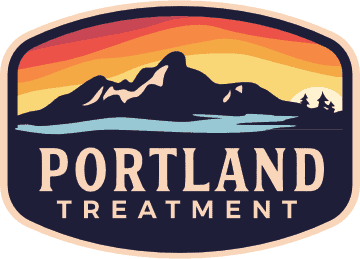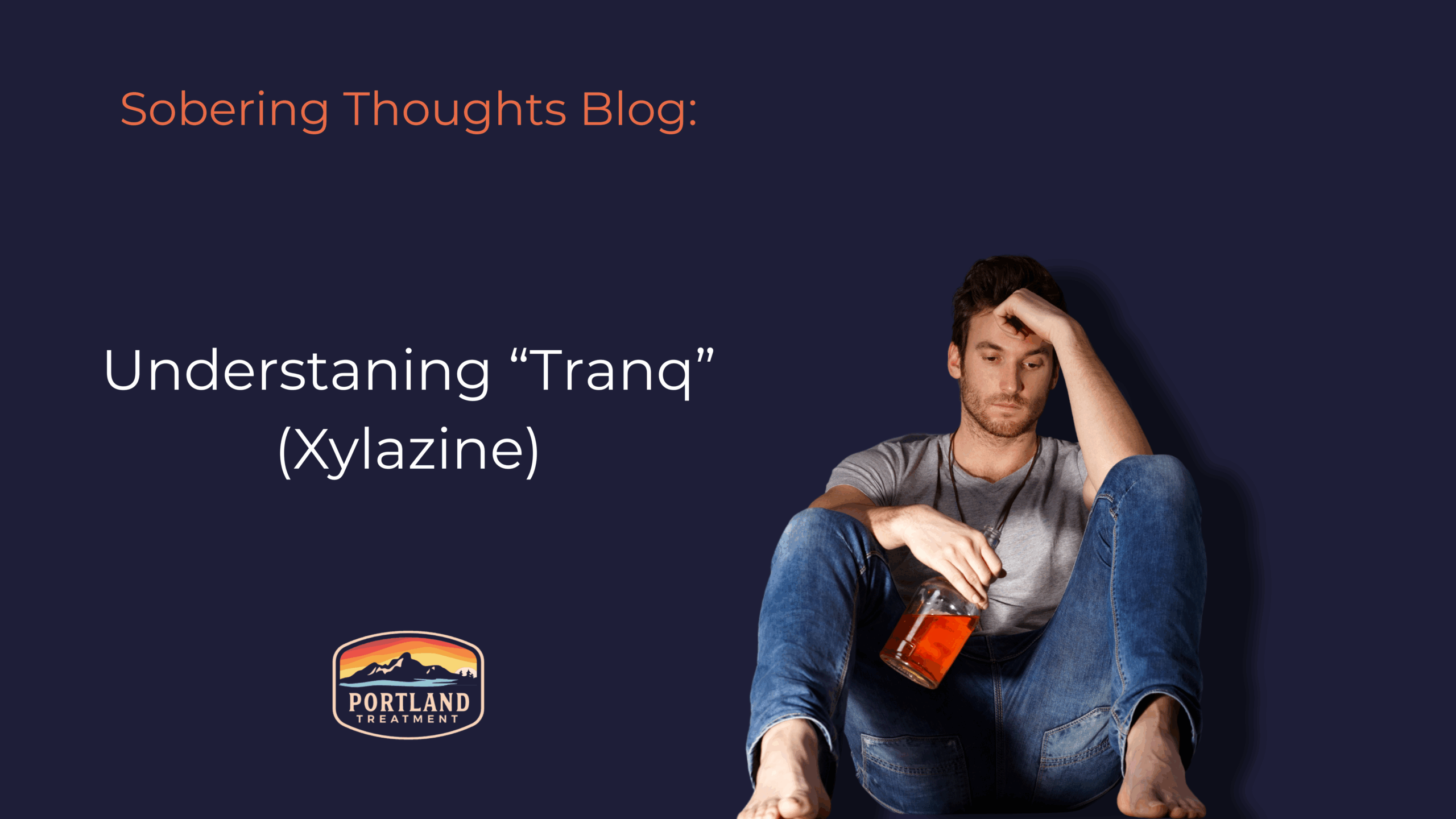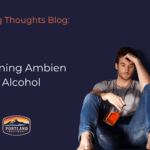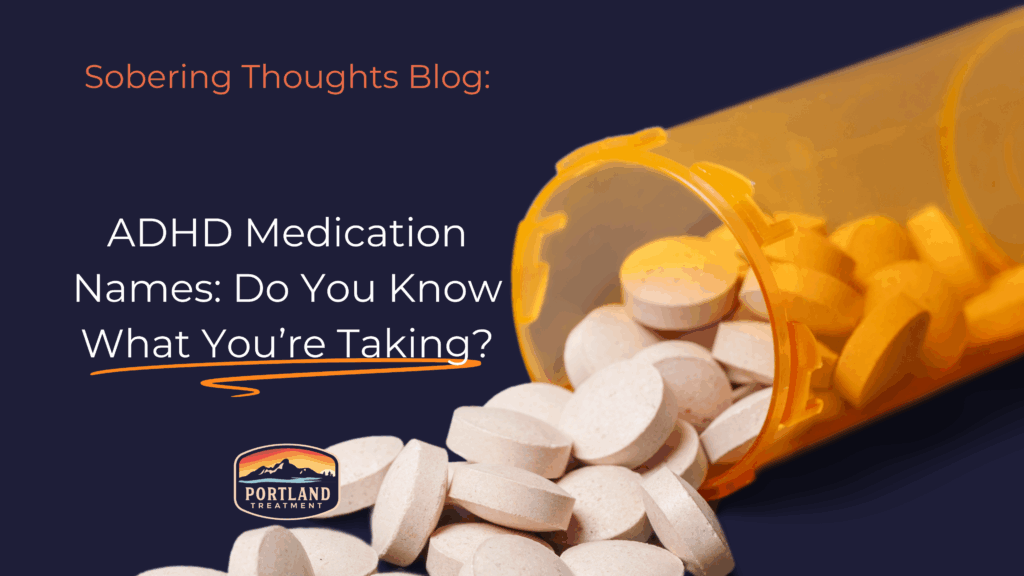What is Xylazine (“Tranq”)? Xylazine, also known as "tranq", is a veterinary sedative, used legally for animals but not approved for human consumption. It's increasingly found covering illicit substances like fentanyl and heroin, often without users’ knowledge. Why "Tranq" is Dangerous Local Impact & Response to "Tranq" in Southern Maine Portland struggles with fentanyl-related overdose …
What is Xylazine (“Tranq”)?
Xylazine, also known as “tranq”, is a veterinary sedative, used legally for animals but not approved for human consumption. It’s increasingly found covering illicit substances like fentanyl and heroin, often without users’ knowledge.
Why “Tranq” is Dangerous
- Non-opioid depressant: Slows breathing, heart rate, and blood pressure, and does not respond to naloxone.
- Skin wounds: Repeated use can cause severe ulcers and abscesses.
- Hard to detect: It often escapes standard drug testing and overdose protocols.
Local Impact & Response to “Tranq” in Southern Maine
Portland struggles with fentanyl-related overdose deaths, which can also involve xylazine. Harm-reduction efforts are underway, with public health services offering testing, education, and support.
Portland Treatment Center: Your Partner Against “Tranq”
Located in Biddeford, near Portland, Maine, Portland Treatment provides high-quality, accessible care for substance use disorders.
Key Services to Treat “Tranq” Dependency Include:
- Continuity with Medical Detox and Residential Treatment programming throughout the entire continuum of care
- Flexible IOP (Intensive Outpatient Program) and PHP (Partial Hospitalization Program) tracks
- In-person, evening, and telehealth treatment options
- Rapid-access intake, including same-day admission and free detox referrals.
- Support for opioid-related or similar issues, including cases involving xylazine, using evidence-based treatment by licensed clinicians.
Quick Comparison: “Tranq” vs. Fentanyl vs. Heroin
| Feature | Heroin | Fentanyl | Xylazine (“Tranq”) |
| Chemical Class | Opioid | Opioid | Veterinary sedative (non-opioid) |
| Produces “High” | Yes | Yes | Minimal to sedation only |
| Responds to Naloxone | Yes | Yes | No — doesn’t act on opioid receptors |
| Common Risks | Overdose, addiction | Overdose, dependency | Severe sedation, skin wounds |
| Detection in Standard Tests | Yes | Often | Rarely – requires specialized tests |
| Portland Treatment Support | Yes | Yes | Yes — via full SUD care |
Frequently Asked Questions (FAQs)
Is tranq the same as fentanyl?
No. Tranq (xylazine) is a non-opioid sedative often mixed with fentanyl so users may unintentionally consume it.
Will Narcan (naloxone) work on a xylazine overdose?
No — naloxone does not reverse xylazine’s effects. However, since nitazene or fentanyl is often present, naloxone is still administered.
How can Portland Treatment help someone exposed to tranq?
They offer rapid-access care, detox referrals, and tailored treatment that addresses both opioid and tranq-related needs.
Are wounds common with tranq?
Yes. Xylazine can impair skin healing, causing chronic ulcers or deep tissue damage.
How is Portland reducing harm in the community?
Through public harm reduction programs, like testing services and educational outreach, empowering affected individuals to seek treatment.
Is Ketamine Horse Tranq Like Xylazine (“Tranq”)?
Short Answer:
No. While both ketamine and xylazine are sometimes nicknamed “horse tranquilizers,” they are very different substances with different uses and risks.
Detailed Explanation:
- Ketamine is an FDA-approved human anesthetic that has been used safely in hospitals since the 1970s. It is also used in veterinary medicine, which is why people sometimes incorrectly label it as a “horse tranquilizer.” In reality, ketamine has approved medical uses in humans, including anesthesia, pain management, and, in recent years, controlled treatment for depression.
- Xylazine (Tranq), on the other hand, is a veterinary sedative only. It has no approved human medical use. When mixed into the street drug supply (often with fentanyl), it poses extreme dangers such as sedation, respiratory depression, and severe skin wounds. Unlike opioids, xylazine does not respond to naloxone (Narcan).
Key Differences Between Ketamine and Xylazine:
| Feature | Ketamine | Xylazine (“Tranq”) |
| Approved Human Use | Yes – anesthesia, pain, depression therapy | No |
| Veterinary Use | Yes | Yes – sedative for large animals |
| Class | Dissociative anesthetic | Alpha-2 adrenergic agonist sedative |
| Street Risk | Sometimes misused recreationally | Dangerous adulterant in fentanyl/heroin |
| Responds to Naloxone | N/A (not an opioid) | No |
| Mislabeling | Called a “horse tranquilizer” incorrectly | Correctly called a veterinary tranquilizer |
Bottom Line:
Ketamine is not the same as “Tranq.” Though both drugs have veterinary applications, ketamine has legitimate human medical use, while xylazine does not. Confusing them can downplay the real dangers of xylazine in today’s drug supply.
Sources:
- Centers for Disease Control and Prevention. (2024, May 16). What you should know about xylazine. https://www.cdc.gov/overdose-prevention/about/what-you-should-know-about-xylazine.html
- National Institute on Drug Abuse. (n.d.). Xylazine. https://nida.nih.gov/research-topics/xylazine
- Kariisa, M., O’Donnell, J., Kumar, S., Mattson, C. L., & Goldberger, B. A. (2023). Illicitly manufactured fentanyl–involved overdose deaths with detected xylazine — United States, January 2019–June 2022. MMWR, 72(26), 721–727. https://www.cdc.gov/mmwr/volumes/72/wr/mm7226a4.htm
- Cano, M., Morano, J., & Corkery, J. (2023). Xylazine in drug seizure reports and overdose deaths: A forensic and epidemiological overview. JAMA Network Open, 6(1), e231256. https://www.ncbi.nlm.nih.gov/articles/PMC10473811/
- U.S. Food and Drug Administration. (2022, November 8). FDA alerts health care professionals to risks to patients exposed to xylazine in illicit drugs. https://www.fda.gov/drugs/drug-safety-and-availability/fda-alerts-health-care-professionals-risks-patients-exposed-xylazine-illicit-drugs
- Gergye, C. H., Kent, L. A., & Bishop, J. R. (2020). A comparison of ketamine or etomidate combined with xylazine anesthesia: Implications for research protocols. Laboratory Animal Sciences, 70(2). https://pubmed.ncbi.nlm.nih.gov/32723425/
- NCBI Bookshelf. (2024). Ketamine. In SB Rosenbaum (Ed.), StatPearls. https://www.ncbi.nlm.nih.gov/books/NBK470357/
- U.S. Drug Enforcement Administration. (2020). Drug Fact Sheet: Ketamine. https://www.dea.gov/sites/default/files/2020-06/Ketamine-2020.pdf
- Johns Hopkins Bloomberg School of Public Health. (2024, January 26). What to know about ketamine. https://publichealth.jhu.edu/2024/what-to-know-about-ketamine
- U.S. Food and Drug Administration. (2023, October 10). FDA warns patients and health care providers about potential risks associated with compounded ketamine. https://www.fda.gov/drugs/human-drug-compounding/fda-warns-patients-and-health-care-providers-about-potential-risks-associated-compounded-ketamine
- Ketamine Wellness NY. (2024, October 10). Esketamine vs. ketamine: Differences and benefits. https://ketaminewellnessny.com/blog/xylazine-vs-ketamine/





